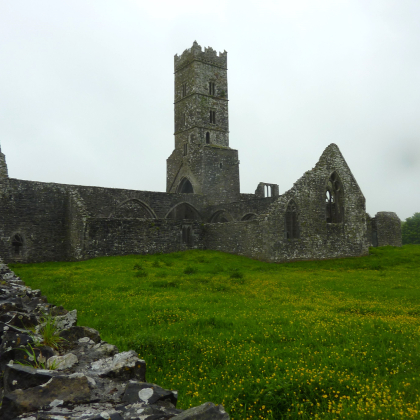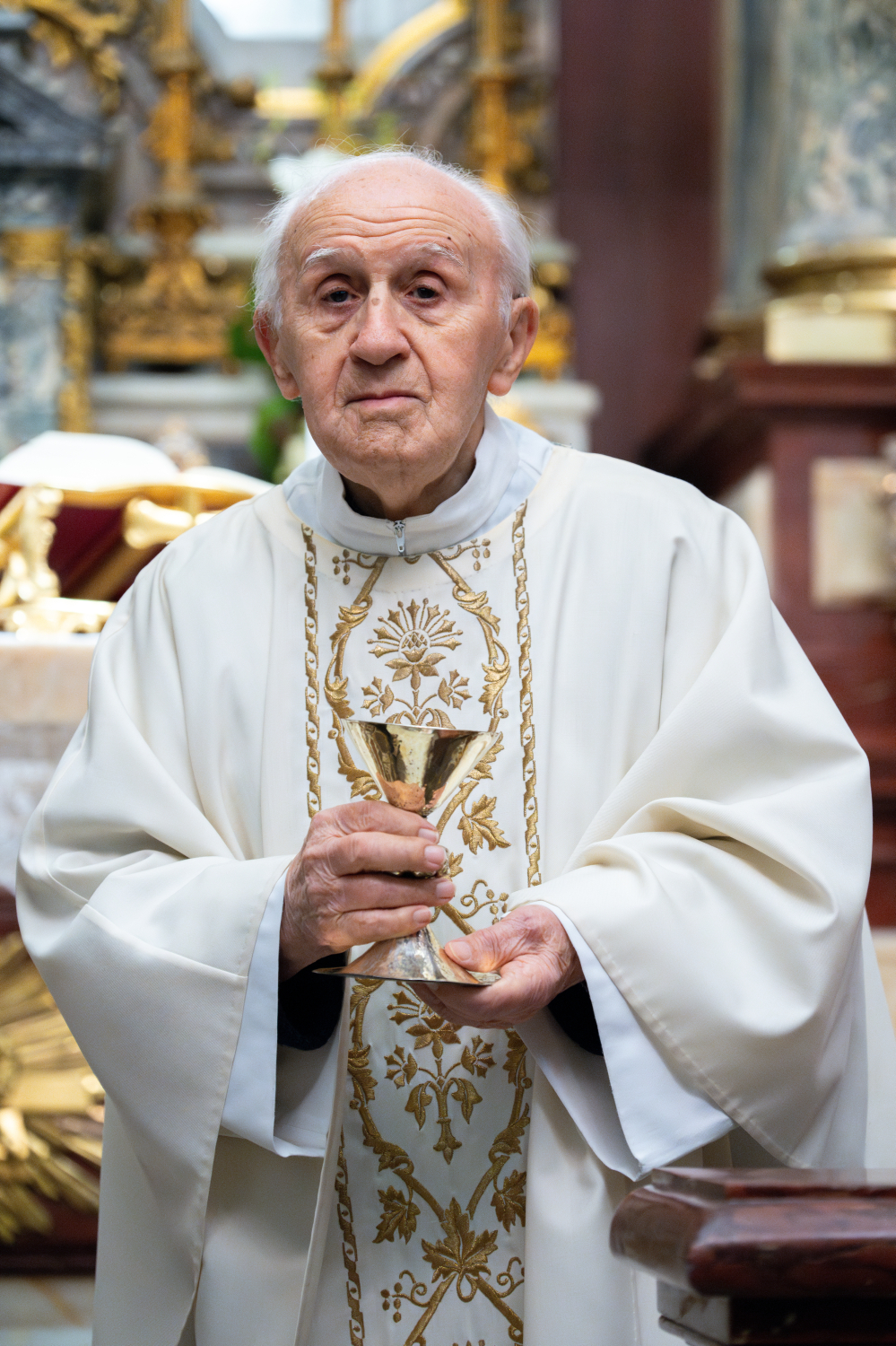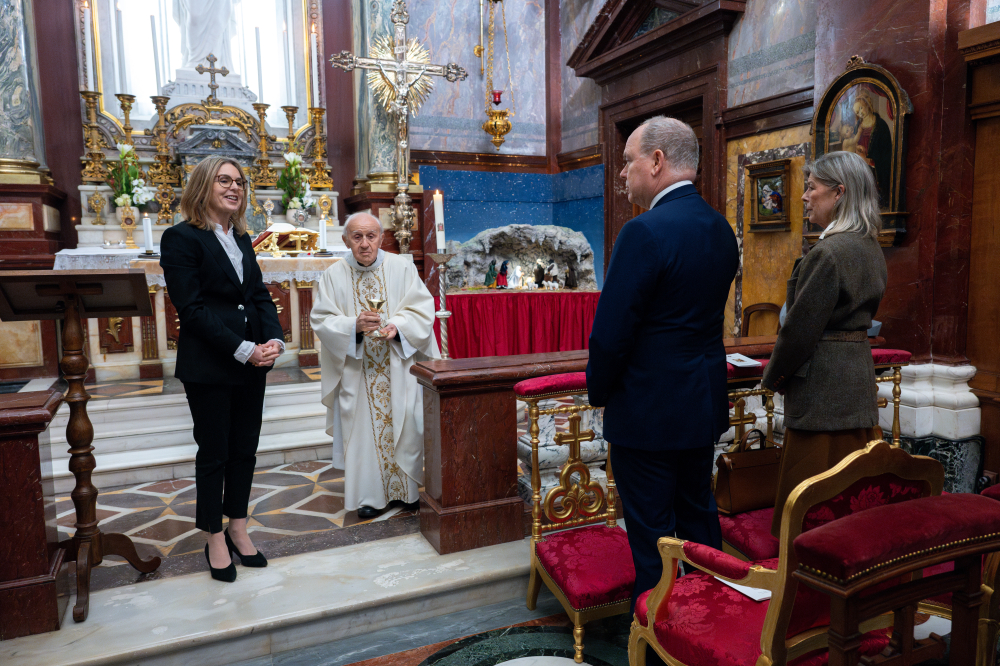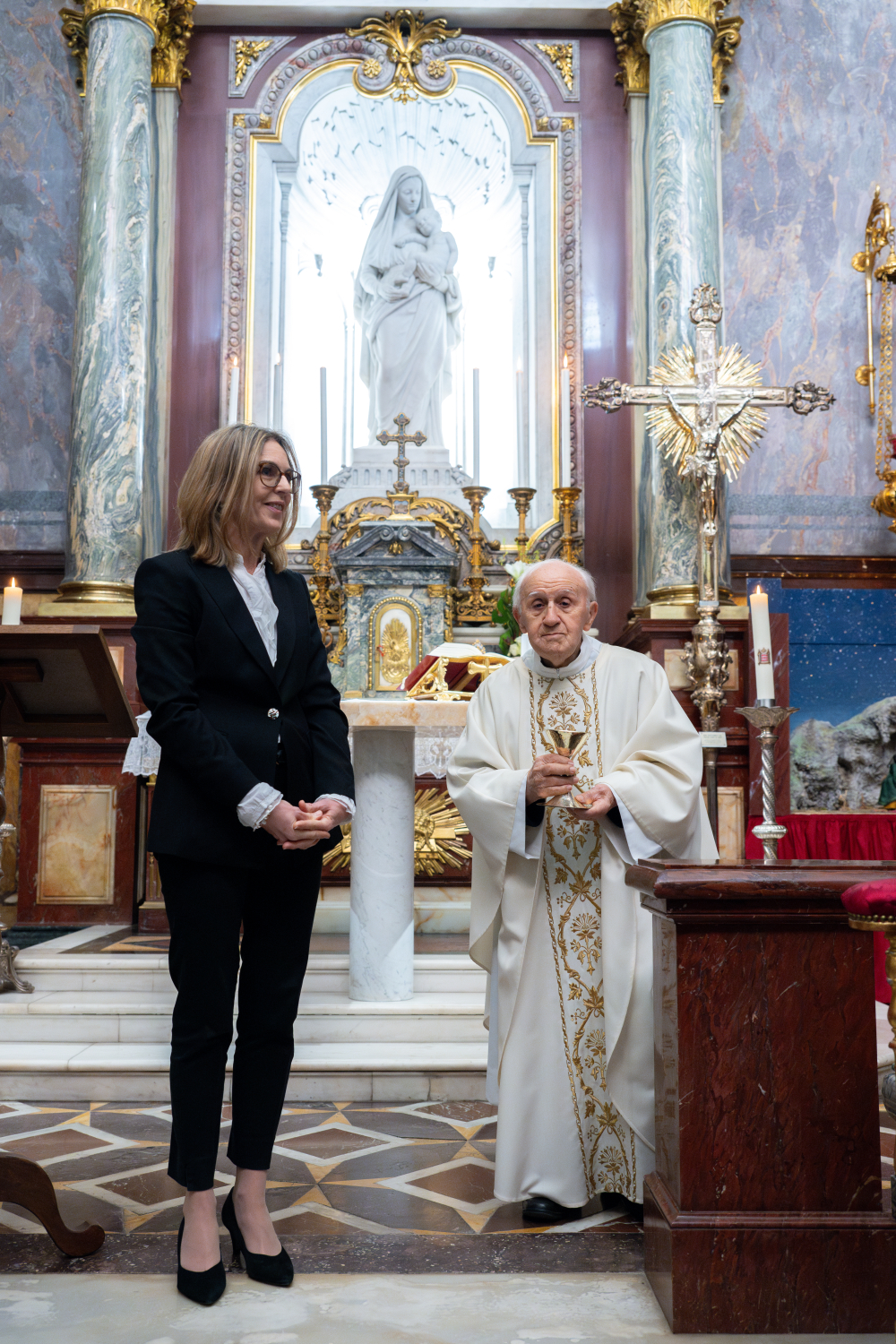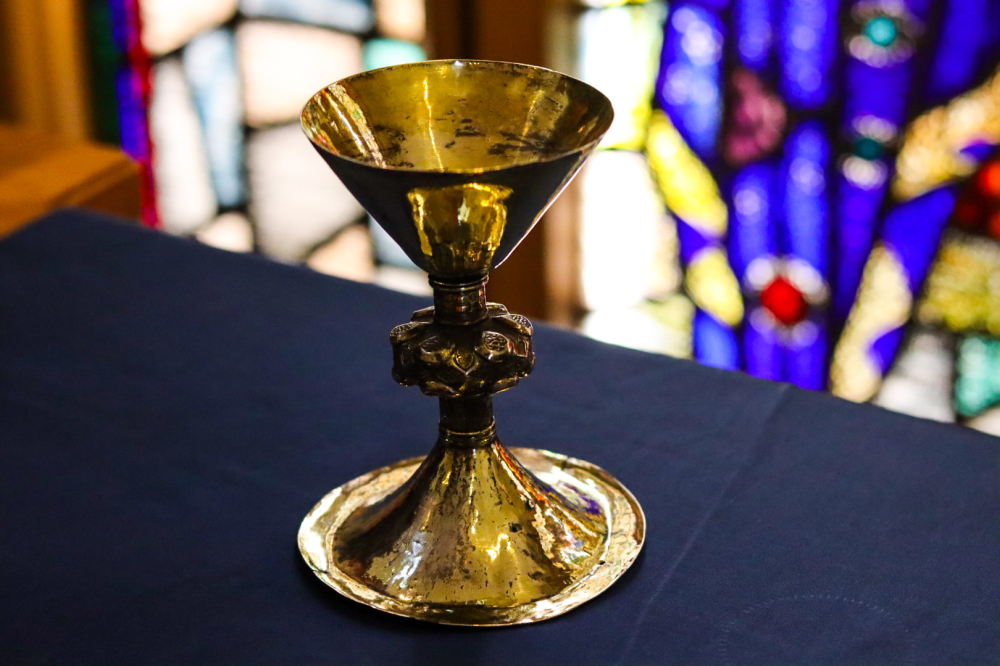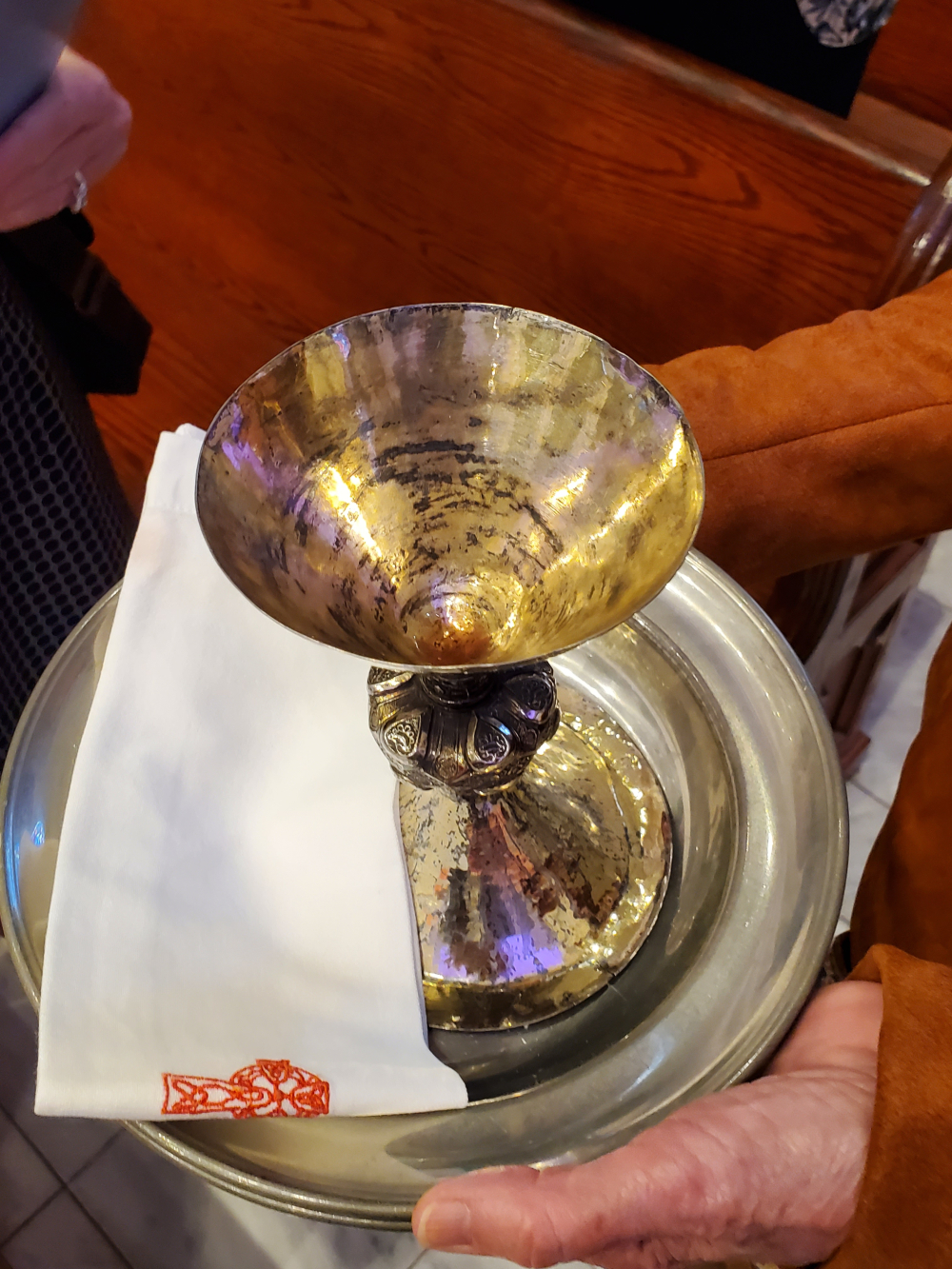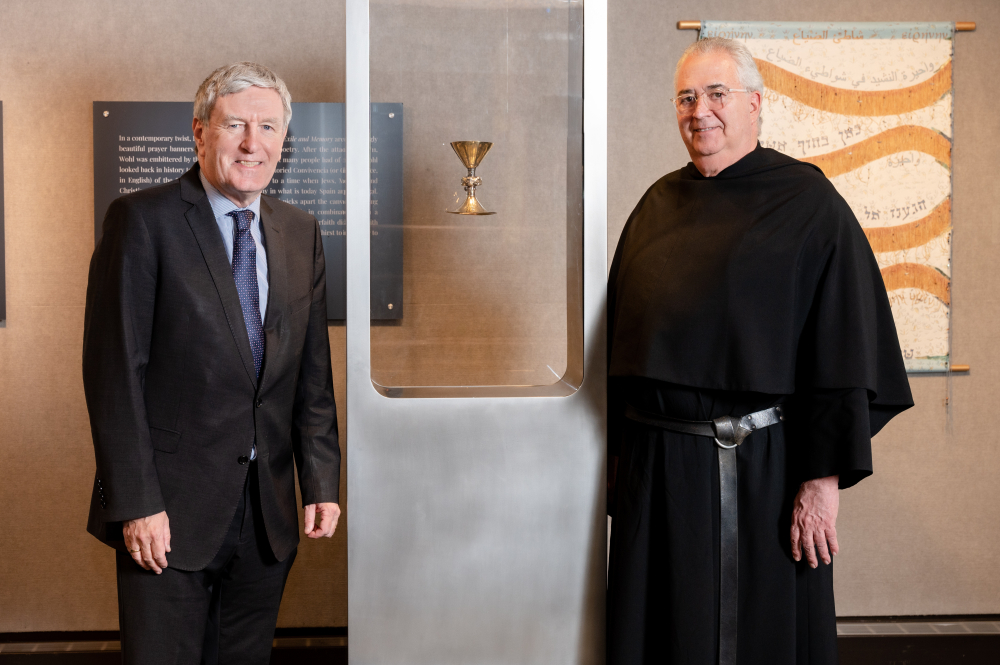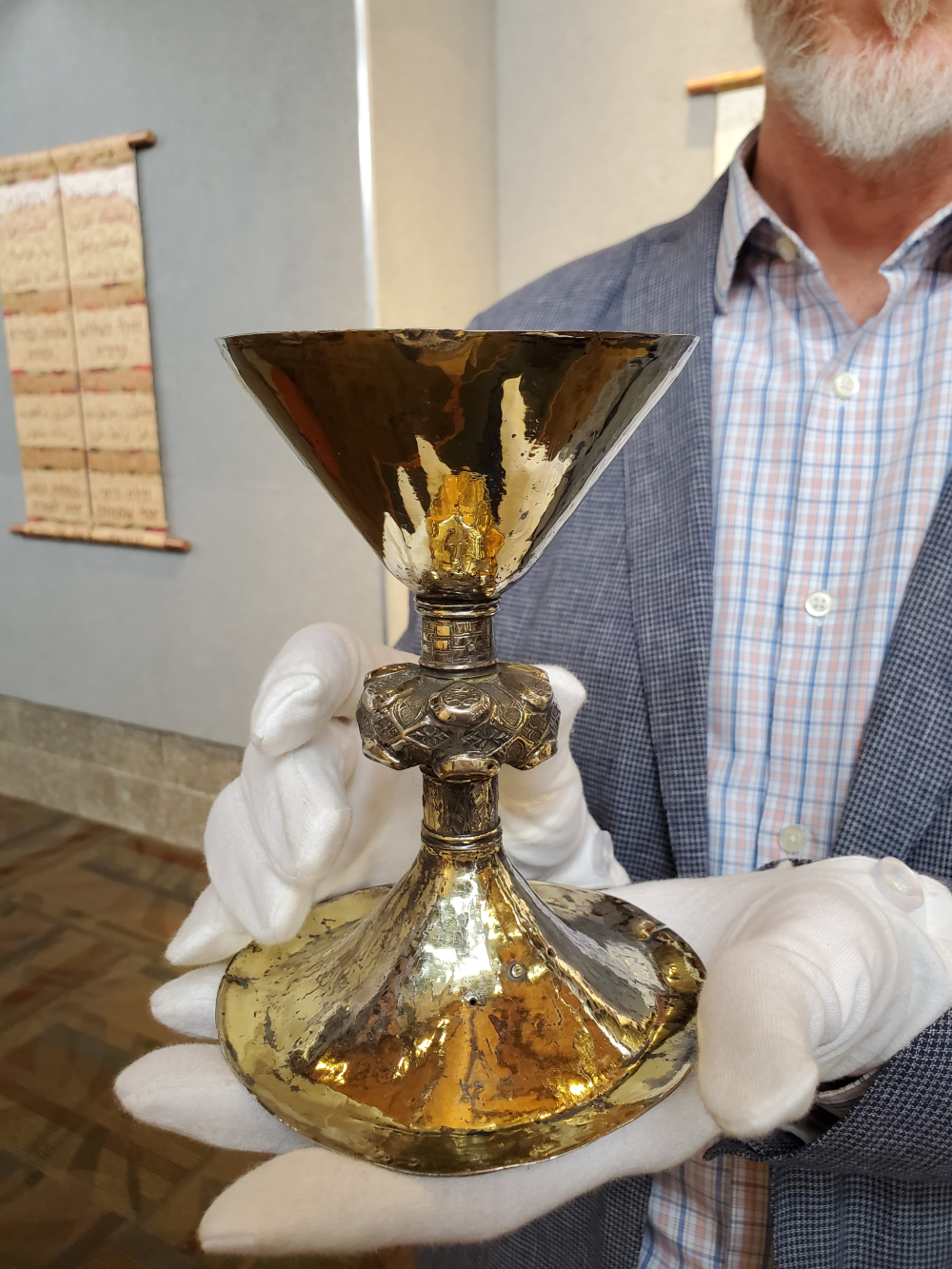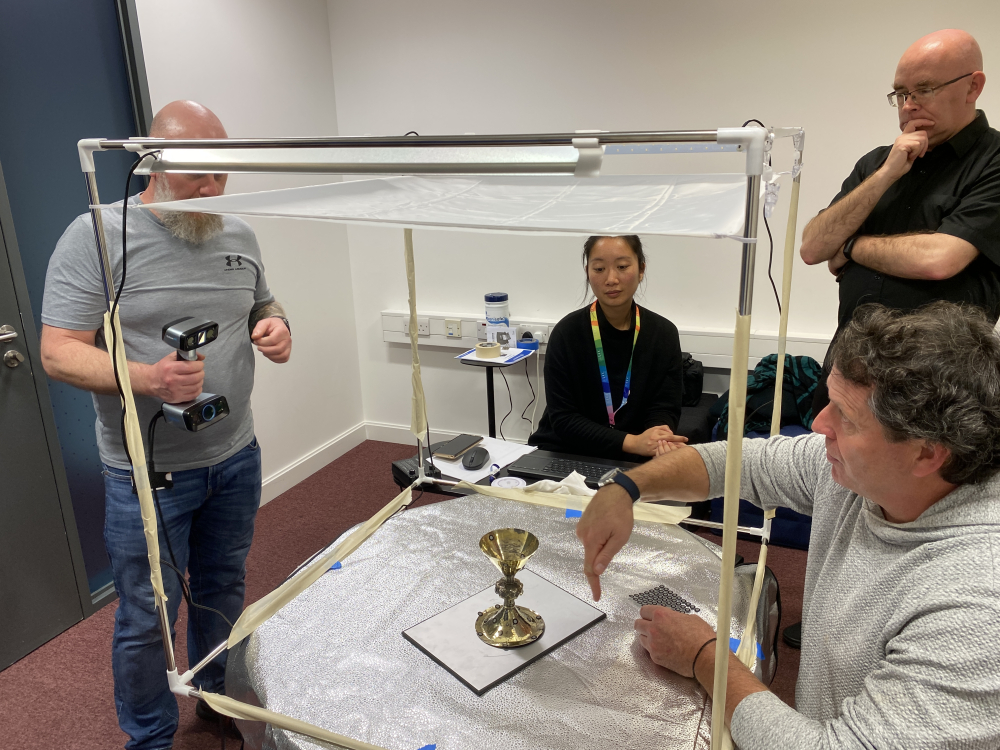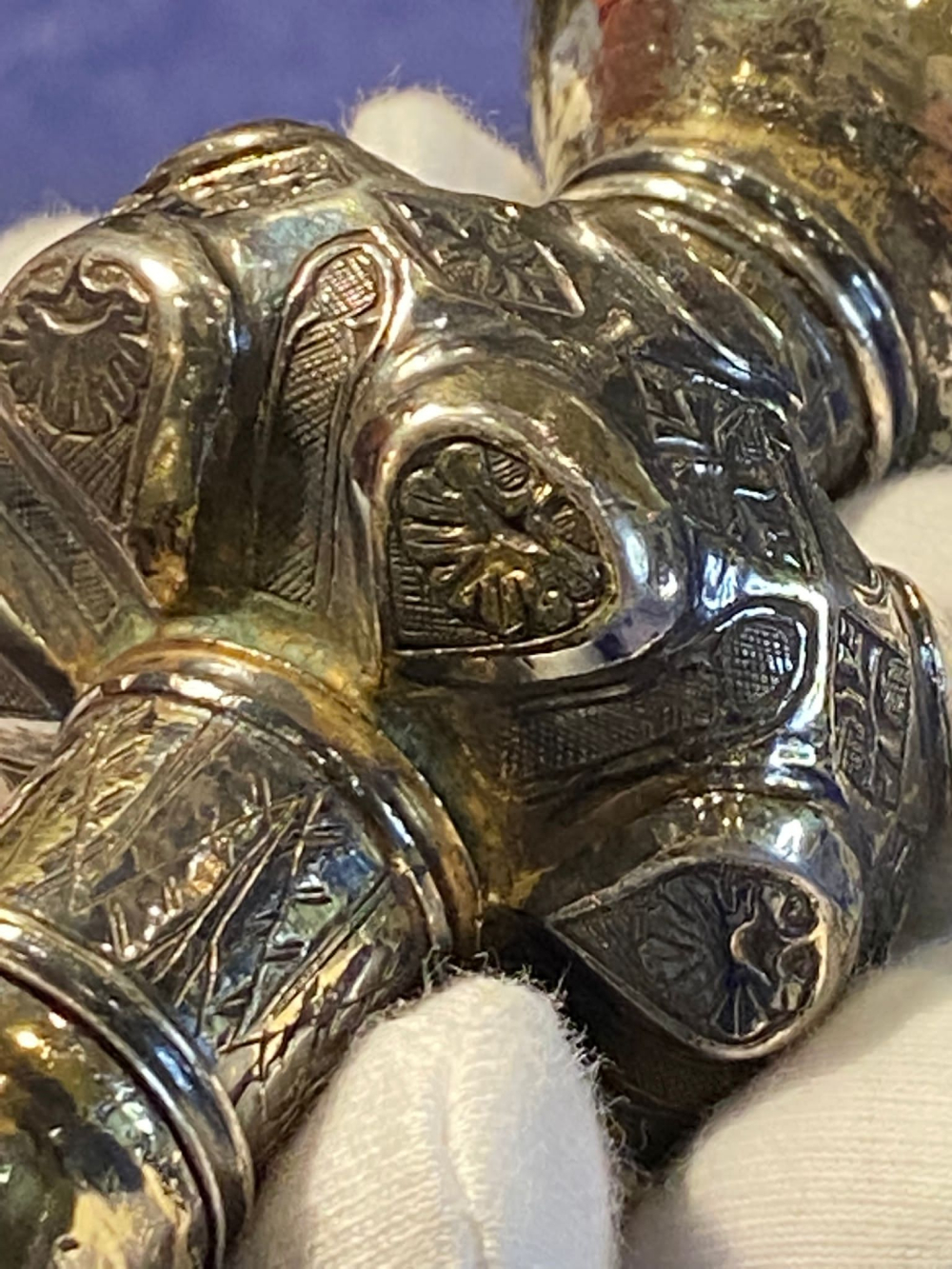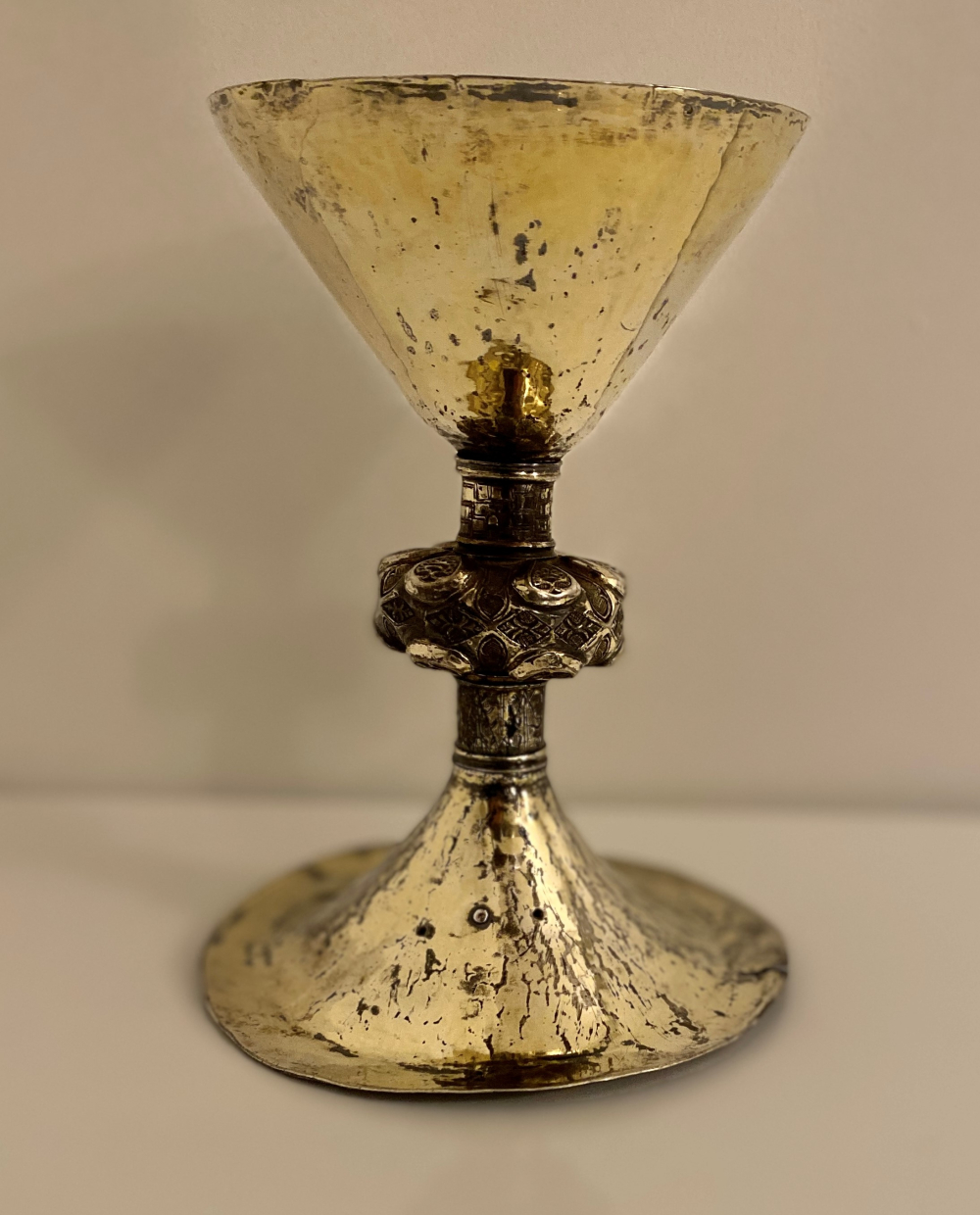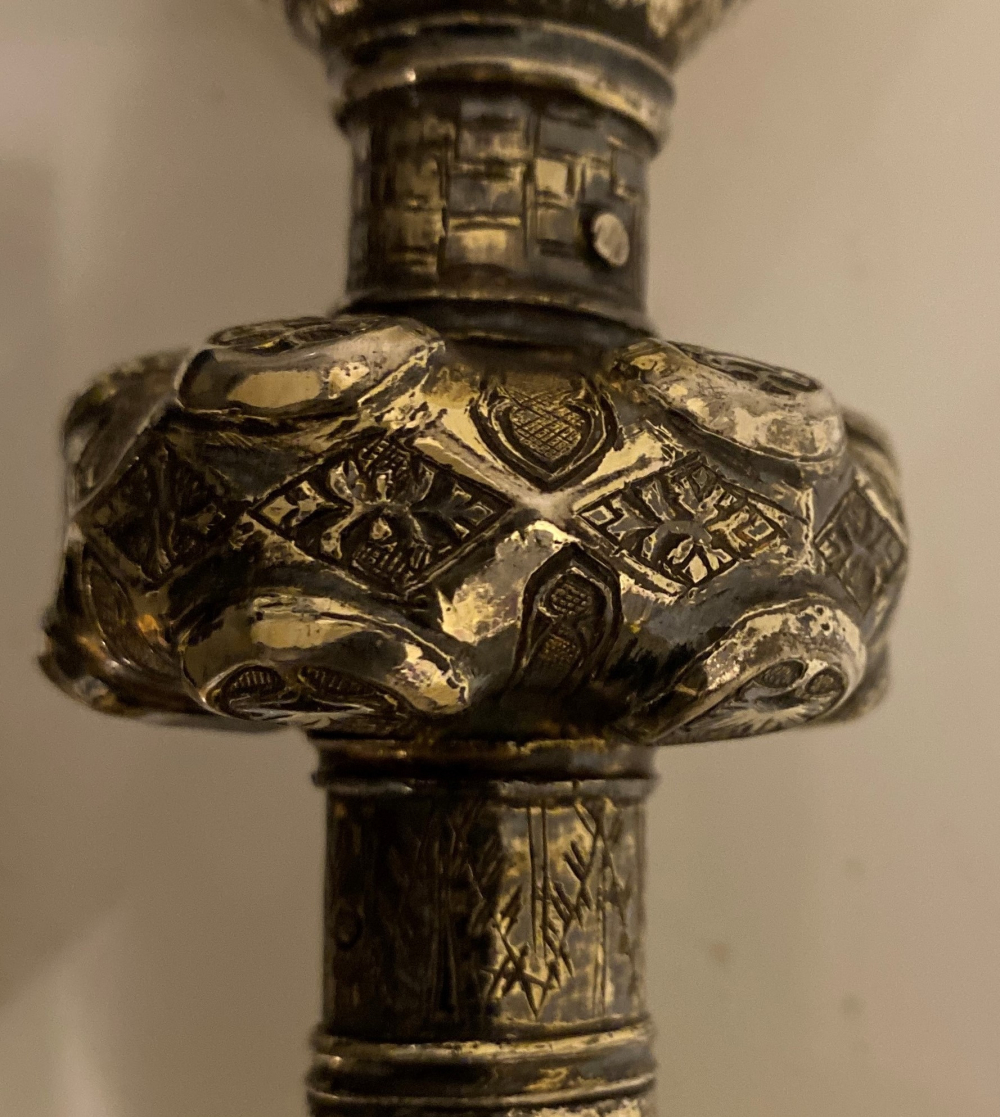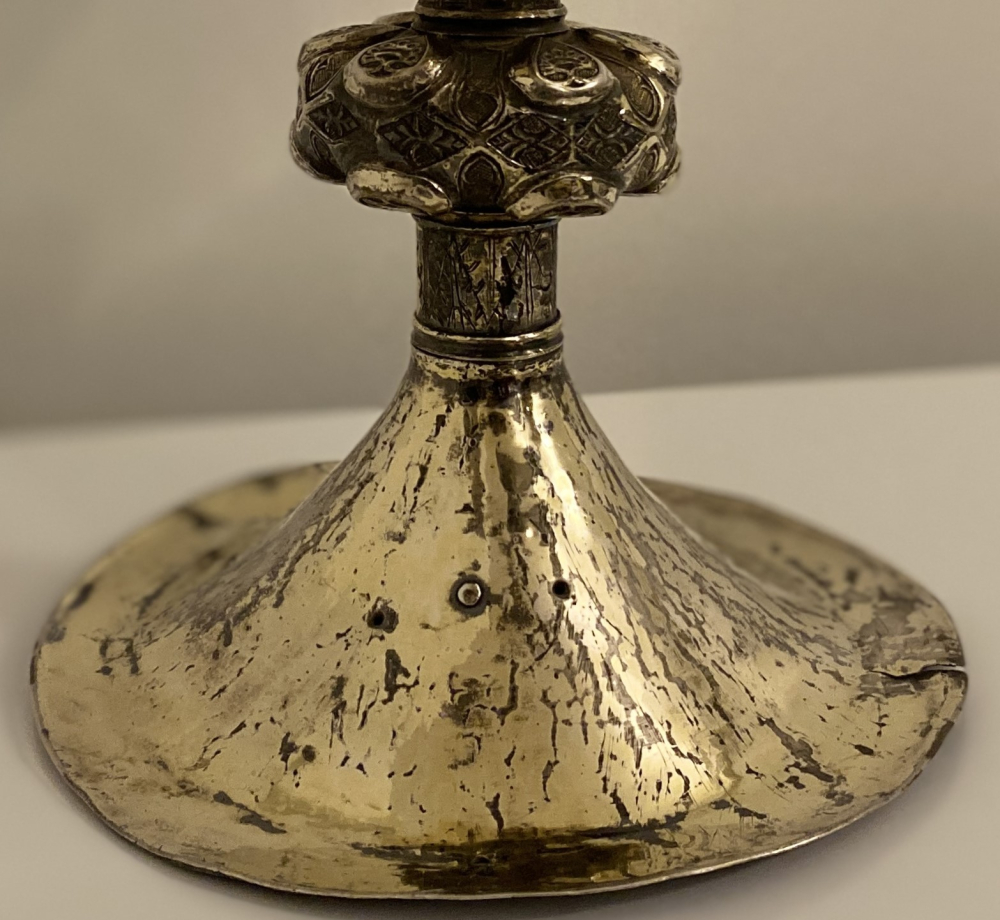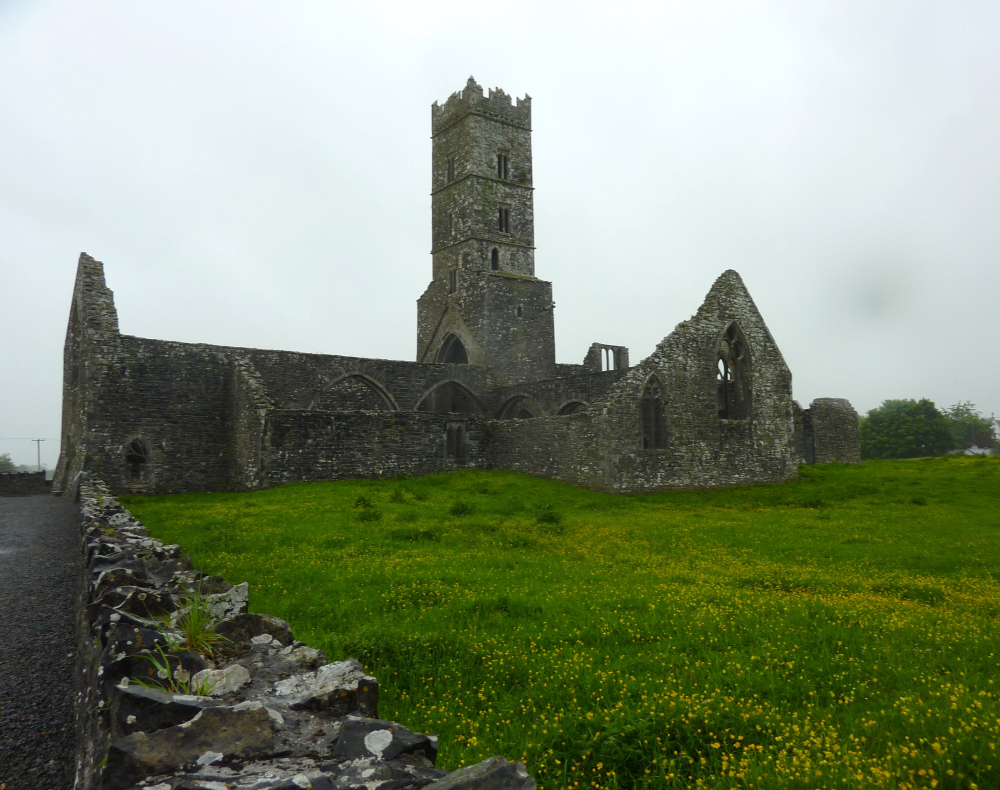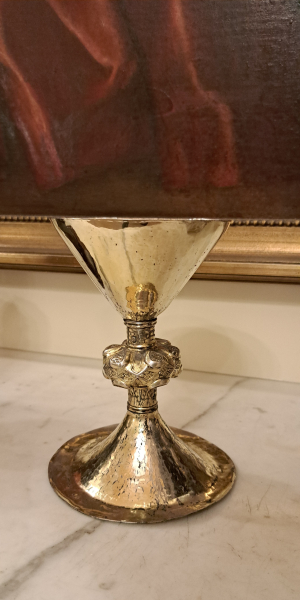
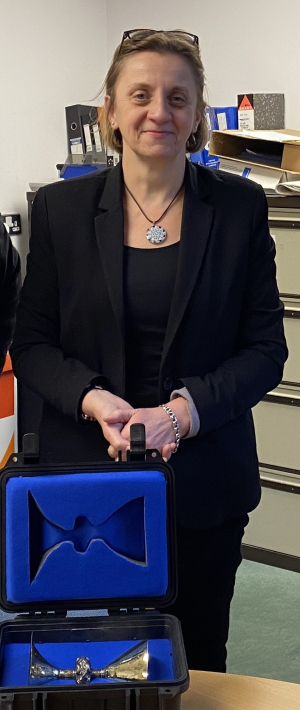
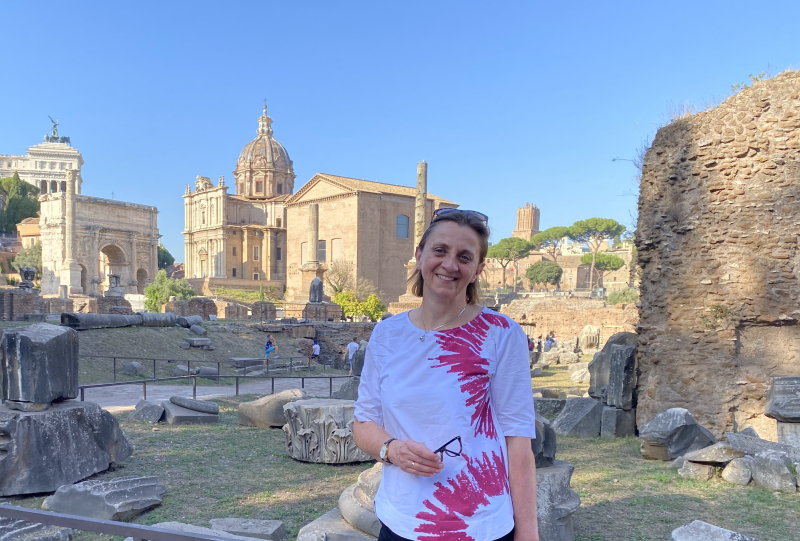
About the speaker:
Dr Małgorzata Krasnodębska-D’Aughton is a Senior Lecturer in the School of History, University College Cork. She specialises in the cultural and religious history of the Middle Ages, and has published internationally on the Irish mendicant orders, liturgical silver, Irish illuminated manuscripts as well as on manuscripts in Polish libraries. She co-edited Monastic Europe. Medieval communities, landscapes, and settlement (Brepols, 2019, with Edel Bhreathnach and Keith Smith), and more recently Mendicants on the margins. Geographical, social and historiographical margins in the study of medieval and early modern mendicant orders (Cork University Press, 2024, with Anne-Julie Lafaye). She is currently working on a monograph entitled Image and identity: Franciscan ideologies in medieval Ireland which focuses on the formation and expression of Franciscan institutional identities.
Between 2004 and 2008, as an IRCHSS (Irish Research Council for the Humanities and Social Sciences) Research Fellow at the Mícheál Ó Cléirigh Institute, University College Dublin, Dr D’Aughton carried out an important survey of both medieval and early modern artefacts from existing mendicant houses in Ireland, with many of these objects being previously uncatalogued and unpublished. The project resulted in numerous papers, book chapters and an exhibition titled Franciscan Faith. The exhibition was housed in the National Museum of Ireland, and presented Franciscan objects, mainly chalices. She has also worked on the Medieval Ireland exhibition, which is permanently on display at the National Museum of Ireland. Dr D’Aughton’s interests in communicating the past to non-academic audiences include her work on theatre productions based on a fourteenth-century pilgrimage text and her contribution as a history commentator to three radio programmes. The radio programmes were broadcast by RTÉ Lyric FM, as a five-part series that included 'Friars Walk', 'Christmas Postcards’ and ‘Jerusalem Passion', with the latter listed as a finalist for the New York Festivals: World's Best Radio Programs in 2018.
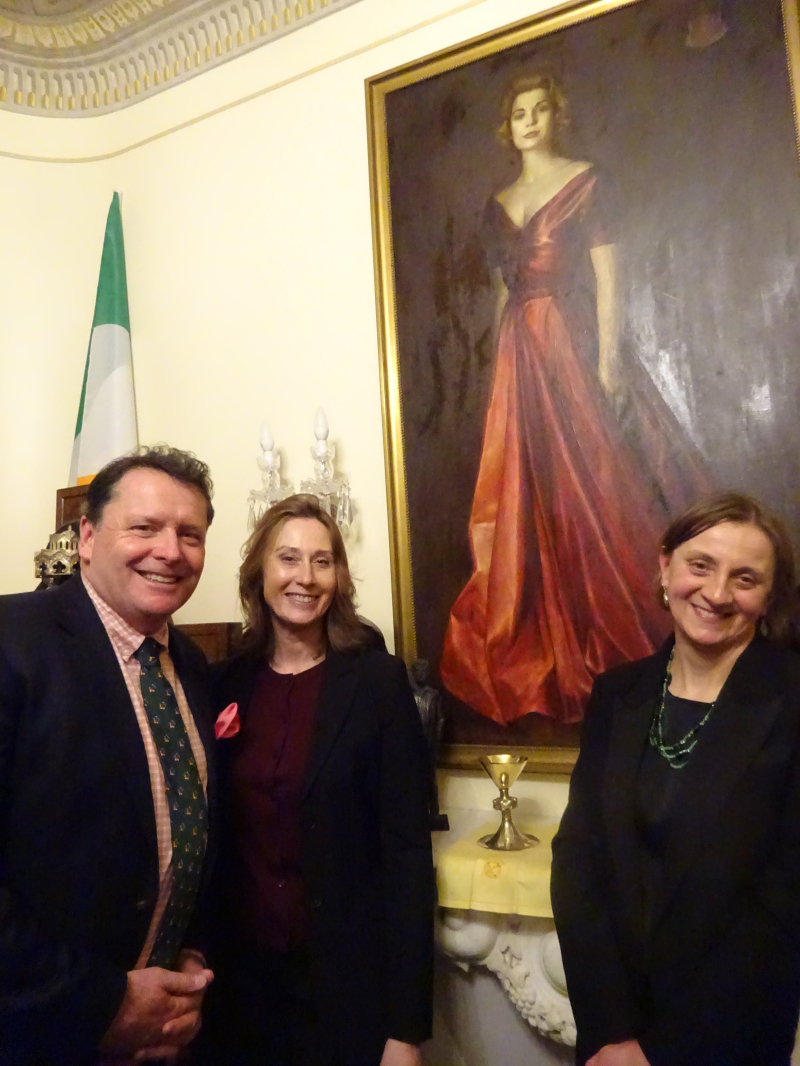
Left to right: Martin Dunphy, owner of the chalice and sponsor of the event, Trustee of the Library, Her Excellency Anne-Marie Boisbouvier, Ambassador Extraordinary & Plenipotentiary and Permanent Delegate of Monaco to U.N.E.S.C.O. and the speaker at the event Dr Małgorzata Krasnodębska-D’Aughton, Senior Lecturer in the School of History, University College Cork. The 15th century chalice is seen here displayed on the marble fireplace - it was on exhibition for one evening only at the Princess Grace Irish Library, before it returned to Ireland for permanent display at Kylemore Abbey in Connemara, County Galway.

Left to right: Dr Małgorzata Krasnodębska-D’Aughton, Senior Lecturer in the School of History, University College Cork, Madame Patricia Lamblin and Her Excellency Anne-Marie Boisbouvier, Ambassador Extraordinary & Plenipotentiary and Permanent Delegate of Monaco to U.N.E.S.C.O. and also a Trustee of the Library were among the audience to attend the lecture given by Dr Krasnodębska-D’Aughton.

Dr Krasnodębska-D’Aughton explains the references of the intricate details which appear on the chalice.
Photo © Princess Grace Irish Library
******
Theme of the lecture
In the summer of 2021, a silver gilt chalice was sold at an auction by Duke’s Auctioneers of Dorchester. The catalogue described the chalice as ‘an exceptionally rare Irish silver-gilt chalice, circa 1480’. Since its purchase by the current owner, who named it the Ó Learghusa Chalice, it has featured in articles and on television in the United States, where it has also gone on exhibition at major universities and has been used in Mass celebrations, including Washington National Cathedral. Now, visiting Monaco, which marks the last stop on the chalice’s travels, it will go on permanent loan to Kylemore Abbey in Ireland.
Like so many other liturgical objects that managed to endure the vagaries of time, its full story remains a mystery. It was conceived as a sacred vessel for Eucharistic wine. At some point in its history, the chalice was damaged and received a new cup and a new foot. Unfortunately, its replacement parts suffered further injuries: the replacement foot lost an image of the cross that had been attached to it, and now only three small holes and one remaining rivet suggest its presence.
In the course of over two years of academic investigations, the chalice was approached from historical, art historical and scientific perspectives by scholars from University College Cork’s Department of History, the Department of Modern Irish and the Tyndall National Institute as well as museum practitioners from the National Museum of Ireland and the UCC’s librarians. The Inks & Skins project (a collaboration between the UCC’s Department of Modern Irish and the Tyndall Institute) conducted an XRF (X-ray fluorescence) investigation of the chalice alongside two chalices of confirmed Irish provenance to determine its metal composition. Importantly, the research is the first XRF investigation conducted on three late medieval chalices associated with Ireland. These multidisciplinary approaches have revealed that the object was made by silversmiths who used medieval metallurgy techniques and who employed a repertoire of late medieval designs. The paper presents the research findings stemming from this multidisciplinary and multi-institutional approach to an object. As seen in the paper, the mystery of the chalice’s history relates to the scarcity of contextual evidence. To contextualise the fate of liturgical objects, the paper will look at the surviving archival material and objects associated with Kilconnell Franciscan friary in County Galway. This medieval friary founded by the O’Kelly family, housed at the end of the seventeenth century around thirty liturgical objects, including a chalice inscribed with the name of William O’Kelly and dated to 1409. The most precious objects, such as the O’Kelly chalice were taken from the friary for safekeeping during the troubled seventeenth century, with some being moved to continental Europe. Most of these chalices have now been lost.
*****
Acknowledgements
This event is made possible by the generous support of our patron Mr Martin Dunphy, owner of the Ó Learghusa Chalice, which he named as a mark of respect for his mother's family name.
*****
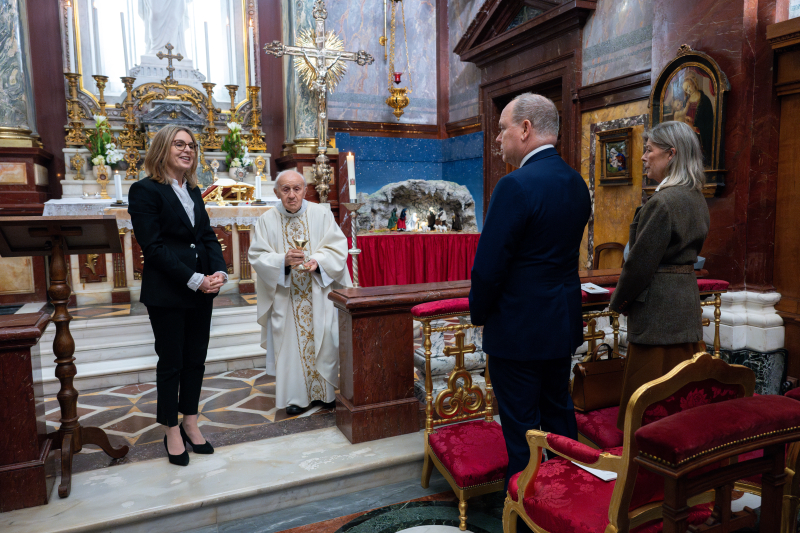
Photo © Michaël Alesi_Palais princier
12th January 2025. The Ó Learghusa Chalice was used to celebrate mass in the private chapel of the Prince's Palace in Monaco in the presence of HSH Prince Albert II and HRH the Princess of Hanover. It was the first time that mass was celebrated in Europe with the chalice for centuries. Director of the Princess Grace Irish Library, Paula Farquharson said a few words about the chalice's history. In attendance were Library Trustee Peter K.Murphy and his wife Jacqueline and former Consul General of Ireland to the south-east of France and a former Library Trustee, Pierre Joannon & his wife Annick.
*****
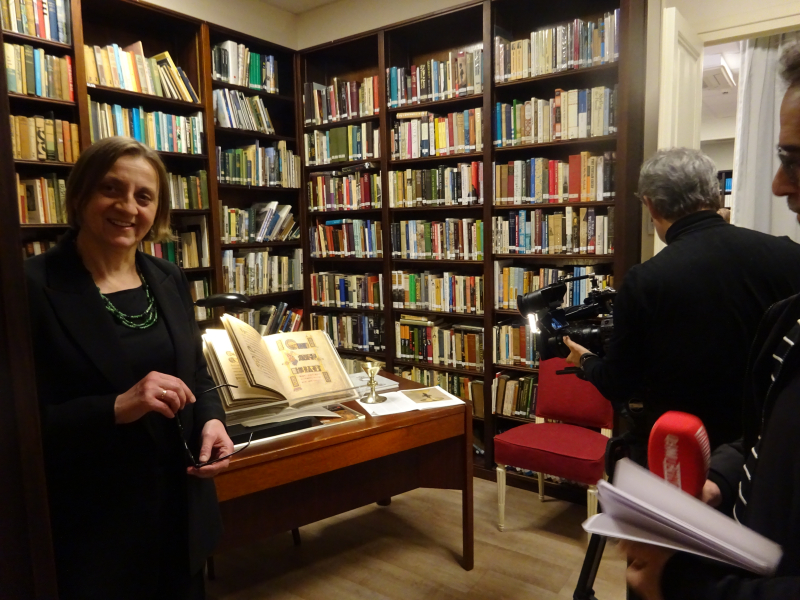
Dr Małgorzata Krasnodębska-D’Aughton, Senior Lecturer in the School of History, University College Cork was interviewed by Monaco Info TV at the Princess Grace Irish Library where she gave a lecture on the 15th century chalice.
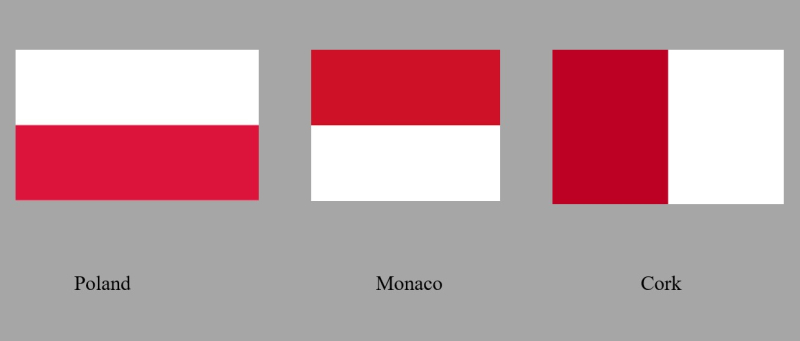
Dr Krasnodębska-D’Aughton proudly presented a slide showing three flags, representing the three places with significance for her that day. To be invited to speak in Monaco was an honour for this Polish-born, senior lecturer at University College Cork.
*****
Click HERE for an article published in History Ireland magazine by the speaker Małgorzata Krasnodębska-D’Aughton and Richard Keyes McDonnell. A subscription is required to read entire text.
